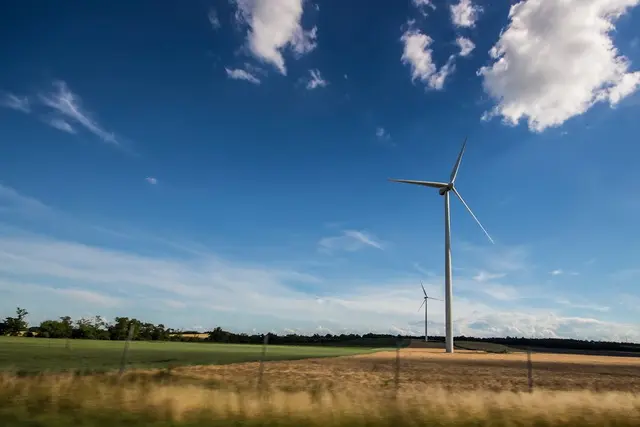Energy-Efficient Facility Management: 3 Steps To Increase Energy Management and Reduce Expenses


Energy efficiency helps organizations reduce costs while becoming more sustainable and environmentally conscious. Some organizations assume energy efficiency is expensive, but with proper facility management, this approach is both practical and affordable.
Organizations need to maximize performance in a competitive market where operating expenses can often make the difference between success and failure. Fortunately, energy-efficient facility management improves performance and minimizes your organization’s environmental footprint.
Whether you’re managing an office building, warehouse, or manufacturing plant, adopting this approach to facility management will make your business more profitable and effective in the long run.

Facility management is a process where organizations manage their buildings and systems for maximum efficiency, safety, and performance. However, energy-efficient facility management takes this a step further by reducing an organization’s energy consumption and environmental impact — all while improving functionality.
Energy-efficient facility management understands that being eco-friendly is actually an asset to the organization. This approach differs by organization, but often includes:
The built environment has a tremendous impact on energy use, but it’s challenging to see sustained changes without energy-efficient behavior. That’s why some energy-efficient facility managers also educate employees on energy-saving behaviors, such as turning off lights when not in use.
Energy efficiency offers so many benefits, from cost savings to qualification for eco-friendly certifications. However, many organizations need help implementing energy-efficient facility management. Follow these simple steps to integrate eco-friendly practices into your facility management process.

Whether it’s the breakroom microwave or refrigerators in a laboratory, there are plenty of energy-efficient appliances on the market to choose from. For example, some Energy Star appliances use 25% less energy than standard models.
It might not make sense to upgrade all appliances right now, and that’s okay. Many organizations wait until an appliance’s retirement date before replacing it with a more energy-efficient option.
This approach helps you avoid the expense of disposing of many appliances at once while steadily making your building more energy-efficient.
Integrating durable asset tags from providers like Camcode can streamline energy-efficient facility management. These tags help track assets like HVAC systems or lighting equipment, providing accurate data for energy monitoring and maintenance.
Plus, proper asset tagging also prevents energy inefficiencies from outdated or malfunctioning equipment. Camcode’s durable labels withstand harsh environments, reducing the need for replacements and minimizing waste.
Put your energy efficiency on autopilot with a BAS. This technology automates and optimizes every aspect of your building, including:
A BAS can allow facility managers to create schedules that adjust energy usage based on occupancy. Many systems can also monitor equipment in real time and alert managers about spikes in energy usage.
They can also track a building’s energy usage and history, pinpointing patterns that allow managers to make informed decisions about energy-saving measures.

Water, electricity, and gas expenses add up, even for small facilities. Efficiently managing these resources is not only environmentally responsible, but also helps organizations reduce unnecessary expenses.
Practicing energy-efficient facility management is critical to reducing waste, increasing asset lifespan, and optimizing your budget.
Embracing energy-efficient appliances is a great first step, but proper labels and tags also support long-term energy efficiency. Camcode’s durable labels guide employees in making energy-efficient decisions. Try our labels in your environment: order your free sample tag evaluation kit now.
It can, although indirectly. Research suggests that energy-efficient facilities reduce distractions and discomfort by improving air quality, temperature control, and lighting. The more comfortable employees are in this environment, the more likely they are to do their best work.
Yes. Many governments and utility companies reward businesses for adopting energy-efficient appliances and practices. Every area is different, but these perks often include tax breaks, rebates, and even grants for upgrading outdated systems.
Communication is key with facility management, which is why asset tags are so important. Camcode’s durable asset tags help track equipment efficiently, reducing the need for replacements and minimizing waste.
Since these labels last in harsh conditions, they eliminate the frequent need for re-tagging and ensure accurate tracking. This approach promotes better maintenance and reduced energy consumption over time.
Our sales engineers are experts in automatic asset tracking, tagging and identification,a nd can answer all your questions. Get in touch now.
Lets Talk ›Enter your information and get a free checklist of the top questions to answer to plan a successful asset tagging project for any maintenance tracking or facility management system.